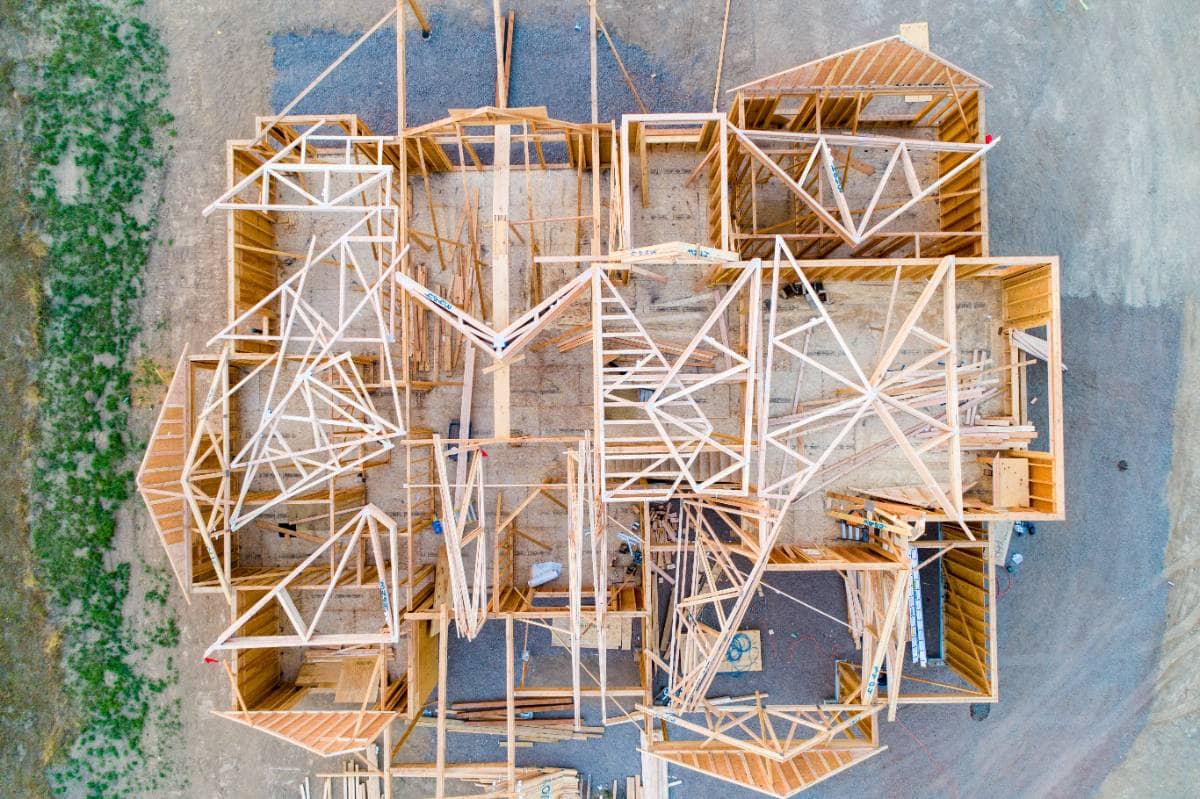California is now much easier to build an ADU than it was in the past. The local zoning regulations are now less stringent, the associated fees have been decreased, and the permitting process has become more simplified, with more jurisdictions choosing electronic permits. However, rules still govern dwelling unit permits in both the state and local areas. To build an ADU, you must still go through the permitting process. Some areas only require a building permit, while others require additional permits. ADU permitting services in los angeles are modified depending on the size of your ADU project or granny flat. Below are some examples of permit types.
Building Permit
A building permit is required to construct any living space on your property. You may need to comply with specific regulations in your city or county before being granted a building permit. You will need to submit detailed plans of your project, drawn to scale, to apply. Working with an architect or ADU designer may help you determine the types of permits that you will require and prepare your application materials. You might also require electrical, plumbing and mechanical permits obtained from your local government or the state Department of Labor, depending on your jurisdiction’s rules.
To find out what your ADU can do before applying for a building permit, visit your county planning department website. Or, you might consider Symbium Builder. This Complaw-enabled web app allows you to visualize the layouts of different dwelling units on your property. It also helps you clarify the rules for your area. This information is available in your Symbium Builder property-specific ADU Report.
Other Types of Permits
You may need to obtain additional permits depending on the location and method to build your ADU/ granny flat and the type of construction you are planning. You may need additional permits for the following:
- Location
You may need an additional permit depending on where you live. California residents who live in coastal zones may need an additional permit. Adding a detached structure to a property could be considered development under the Coastal Act. A Geological Hazard Clearance may be required if your property is located in a “geohazard”, or “landslide”, zone. You can find all this information on the website of your local planning department.
- Site-Specific Terms
You may need an additional permit if your ADU construction will impact your neighbor’s neighbors. For example, in the City of Los Angeles, any new construction located within ten feet of utility easements requires an easement permit.
- Non-Conforming ADUs
You may have to submit a planning request if your proposed ADU does not meet the objectives of the ADU ordinances. To construct an ADU that is not in compliance with the City of Milpitas‘s requirements, you will need a Minor Site Development Permit. If the ADU proposed does not comply with the ADU ordinance, other cities may require a Variance.
- Assignment Requests
Many jurisdictions require homeowners to submit an address assignment request so that the ADU can have a different address than the primary dwelling. The average cost for these requests is a few hundred dollars. However, it can vary depending upon the city.
About Symbium
Are you wondering what type of ADUs you could add to your property? Symbium Builder is a Complaw-enabled website that lets you quickly see how different ADU designs will fit on your property. It also clarifies the rules for your community. This information is available with your Symbium Builder property-specific ADU Report.





